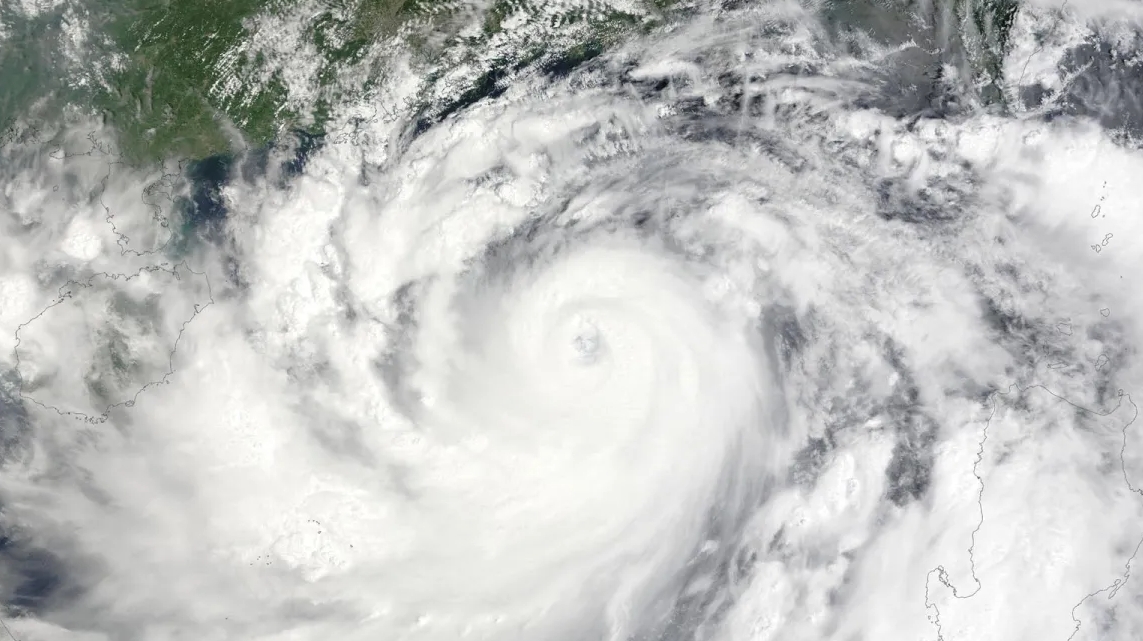Tilapia: US tariffs are increasing, what is the situation now?
The US market for farmed whitefish, including tilapia, pangasius and catfish, is experiencing significant volatility as importers face high tariffs, supply chain challenges and weak demand. While tariffs typically push prices higher, wholesale market prices are currently muted, reflecting a tussle between rising global costs and cautious sentiment in the US market.
Tilapia tariffs rise to 45%, but wholesale prices remain unchanged
One of the most pressing issues in the market right now is tilapia. As the U.S. government added a 20% import tariff earlier this year, the overall tariff rate for Chinese tilapia has risen to 45%. However, prices in the U.S. wholesale market remained unchanged in March, an abnormal phenomenon that has attracted attention in the industry.
Industry insiders analyzed that the main factors causing this situation may include:
1.U.S. inventory is still being digested and there is no obvious shortage;
2.Buyers are still unclear about how tariffs will be implemented, so they are taking a wait-and-see attitude;
3.The supply chain is generally cautious and unwilling to hastily adjust strategies before logistics, tariff implementation and demand trends become clear.

In addition, the U.S. Customs and Border Protection (CBP) unexpectedly set a new import deadline, stipulating that all products shipped from China must leave the port before February 1 and arrive in the United States before March 7, otherwise they will be subject to new tariffs. This change caught many importers off guard, especially those shipping to the East Coast, and some orders had difficulty meeting the new regulations due to longer shipping times.
Despite the increased uncertainty in the US market, raw material prices in the Chinese market remain stable. Currently, the price of 500-800g tilapia in Hainan is about 9.8 yuan/kg, and the price in Guangdong market is 9.2 yuan/kg.
However, Chinese processing companies and farmers still face high internal costs, especially new environmental regulations that require companies to invest heavily in wastewater treatment. In addition, typhoons in 2024 are still affecting supply in southern China, exacerbating market uncertainty.
Faced with the challenges of the US market, some Chinese exporters are reducing exports to the US and actively exploring the European and African markets. At the same time, the industry is also skeptical about whether China's export quotations can be maintained at a low level. With the rising costs of breeding and processing, whether the past low-price strategy is still feasible has become an unknown.

Despite the rising import costs, buyers in the US market remain cautious. They are still evaluating the actual impact of the tariff increase and exploring alternative supply channels. However, it is not easy to find suitable alternatives due to regional capacity constraints, product specification mismatches, and uncertainty about future trade policies.
At present, raw material prices in China and Vietnam are still high, while inventories in the US market are gradually being consumed. If demand picks up in the second quarter, especially driven by Easter and other retail peak seasons, prices may rise rapidly.
Before then, the farmed whitefish market remains in a delicate balance. It seems stable on the surface, but in fact it is extremely vulnerable to policy adjustments, inventory changes and supply chain fluctuations. The next few months will be a critical moment for the direction of the global whitefish market.
Reference: FOODSPATH





